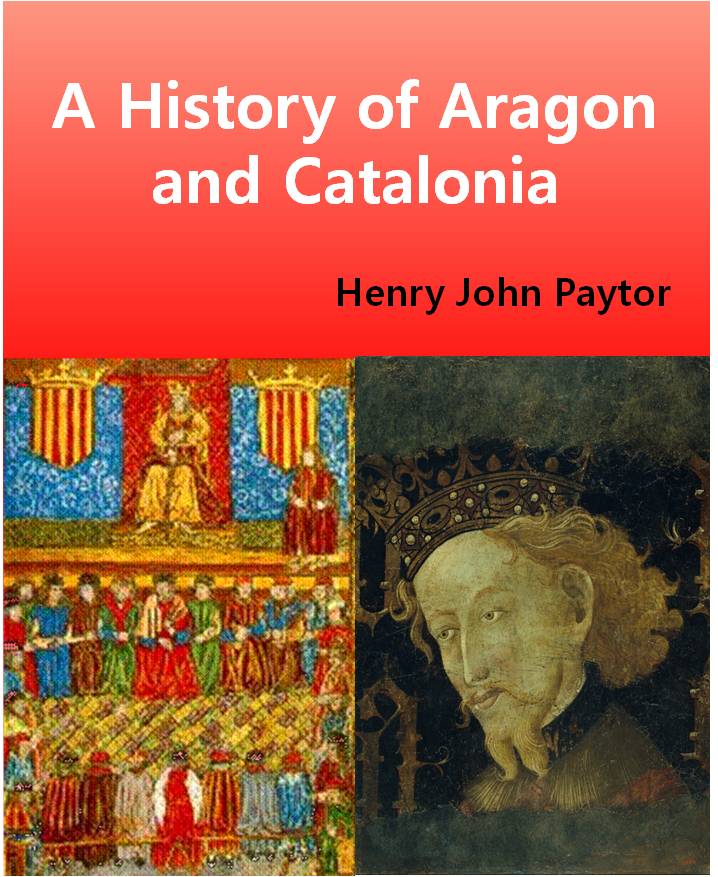"Catalu?a se constituye en regi?n aut?noma dentro Estado espa?ol. Su organismo representativo es la Generalidad y su territorio es el que forman las provincias de Barcelona Gerona L?rida y Tarragona en el momento de aprobarse este Estatuo." Such is the first article of the much-debated Catalan statute of 1932. Valencia has declined to join in the movement for autonomy and Catalonia thus reverts to the territorial position which she enjoyed so far as the Spanish peninsual is concerned at the time when James the Conqueror became king. The champions of autonomy have not failed to appeal to the evidence of history and the preceding chapters of this book have shown that there is material for a plausible case. Catalonia and Aragon were never really united. The one bond of union was the royal house of Barcelona. The two provinces preserved separate administrations they spoke different languages they cherished different laws and privileges and the outlook upon social and political life of an Aragonese noble and a leading merchant of Barcelona cannot have had much in common. The association of the two provinces was at no time more than federal and it is not surprising that in the troubled times which followed the Compromise of Caspe in 1412 Catalonia should more than once have desired to return to the status of 1131. The preservation of union for so long a time was due in part to the stress of political and commercial forces and ideals much of the credit for its maintenance must also be given to the energy and competence of such kings as James I and his great successors.





